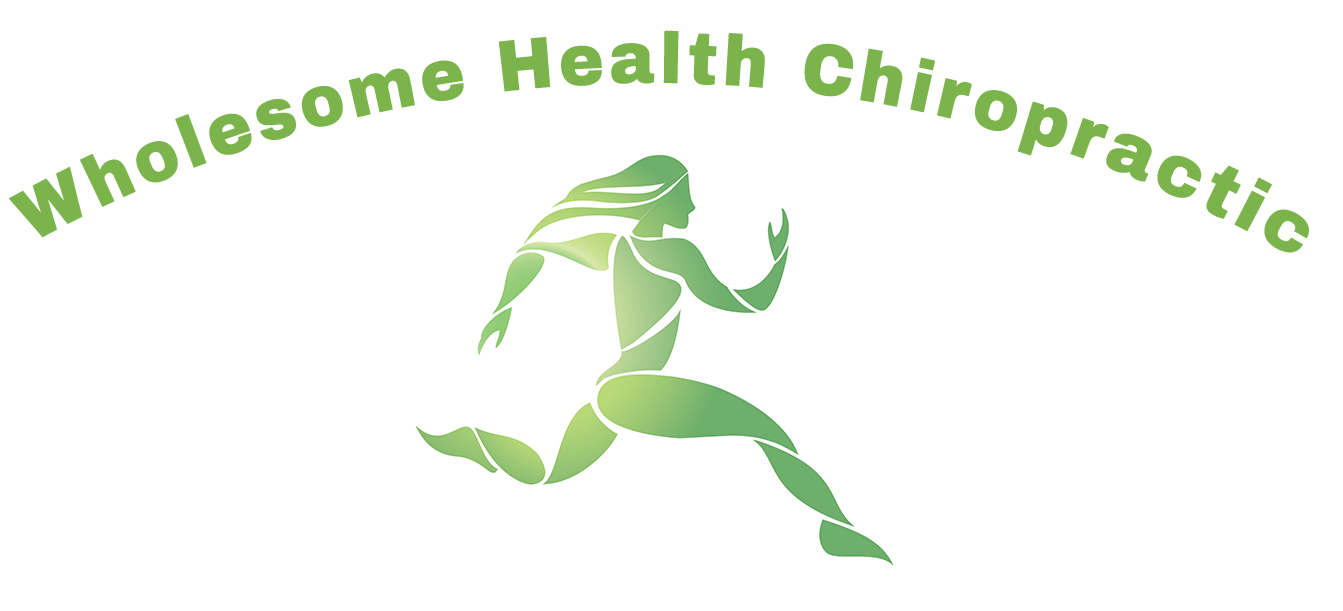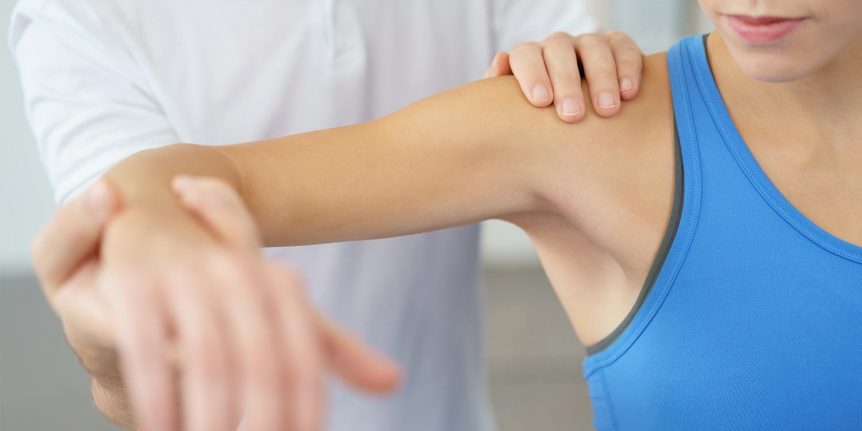Our team of Chiropractors have a clinical interest in managing sporting injuries. This means we have vast experience in and enjoy treating regions away from the spine, drawing from a range of skills to meet the treatment required for the specific site of injury.
In each Chiropractic consultation, we value taking the time to examine how your entire body is functioning and moving as a combined unit, which ultimately means assessing the regions above and below the site of injury or pain. It is well established that most cases are complex and involve many joints and muscles. Each region in its respect is all equally important to help paint the picture for the underlying cause of your presenting complaint.
Some of the more common conditions and injuries we treat which you may not have known include:
Ankle Sprains
This is the most common lower limb injury occurring during sports, however only 50% of individuals seek professional care. Along with having a high injury rate ankle sprains are also likely to reoccur, while a large proportion will go on to develop long term ankle instability. Fewer people seeking professional help and high rate of chronic re-injuries for “simply rolling their ankle”. Coincidence? People with chronic ankle instability have persistent pain, swelling and constant giving away at the ankle, which in turn can lead to long term absence from sports participation or even work. Having an adequate diagnosis, treatment and developing prevention strategies by a professional can reduce this long-term burden.
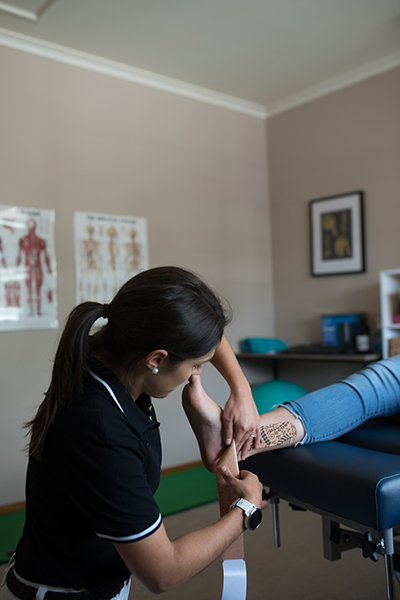
Calf & Hamstring Sprains
Particularly common in runners and anyone who plays sports requiring explosive bursts of speed such as soccer which has the highest rate of hamstring injuries for any sport. Depending on the degree of severity, muscle strains and tears occur when the load demand exceeds the load capacity of the tissue and from repetitive overload. This can be a matter of having unidentified muscle weakness, inadequate mobility, poor fitness or asymmetrical loading patterns. Both hamstring and calf strains are notorious for having high re-injury rates, generally occurring within the first 2 weeks after return, highlighting the importance of an adequate return to sport testing. Having your muscle strength and movement patterns assessed can help identify the cause of any ongoing muscle strains, enabling us to develop an outlined plan to return to sport safely and efficiently.
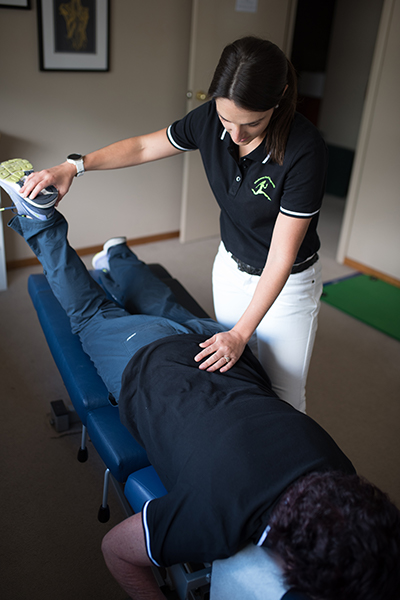
Lateral Epicondylitis
(Psst, Read: Tennis Elbow!)
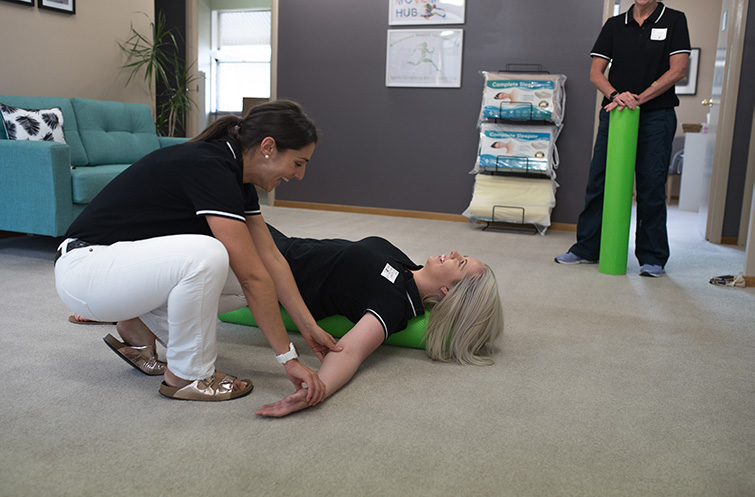
Knee Injuries
Shoulder Injuries
The shoulder contains the greatest range of movement than any other joint in the body. All of this movement possibility leaves the shoulder more vulnerable to sustaining injuries, which is why even greater stability is required in order to control the quality of movements. Common conditions of the shoulder we see include Subacromial Bursitis, Rotator Cuff Tendinopathy and Acromioclavicular (A/C) joint sprains. The approach we take in managing these often debilitating shoulder injuries firstly involves a careful examination to importantly find the correct diagnosis. The shoulder contains many small tendons and ligaments which all have similar attachment points, thus the presenting symptoms can mimic each other. Diagnosing which structure is injured takes professional skill and will lead to a more accurate treatment program to improve long term results.
Depending on the severity, mechanism of action and site of injury along with clinical judgement by the Chiropractor in some cases having an Xray, MRI or Ultrasound may be advised. You will only be referred for a scan when the Chiropractor has a high suspicion of a bone fracture or severe tissue damage such as a ruptured ACL. We never send for any unnecessary scans, only when the suspected results will drastically change the recovery and management plan, which will allow us to provide the highest quality of care for your injury.
Our Approach
Depth of Knowledge
Our Chiropractors are well versed in a large list of modalities and techniques. Diverse issues niggling you? We offer diverse solutions.
Clear Instruction
Once a diagnosis is confirmed your ideal outcomes and proposed treatment strategy will be thoroughly explains and visually demonstrated.
Specific Treatment
From here our treatments are tailored to work on and relax any identified ‘tight’ muscles in which we may use techniques including Soft Tissue Release, Trigger Point Therapy and Dry Needling.
Objective Goals
The goal of providing the treatment is to reduce pain and tension so to enable you to perform the rehabilitation exercises correctly. This will be measured with objective tests
Rehabilitation to Healthy Operation
Any of these above injuries require a carefully structured rehabilitation plan tailored specifically to meet your personal recovery goals. Our Chiropractors are trained in creating these plans to ensure that you return to the required activity or sport feeling stronger and more functional than you were before the injury.
